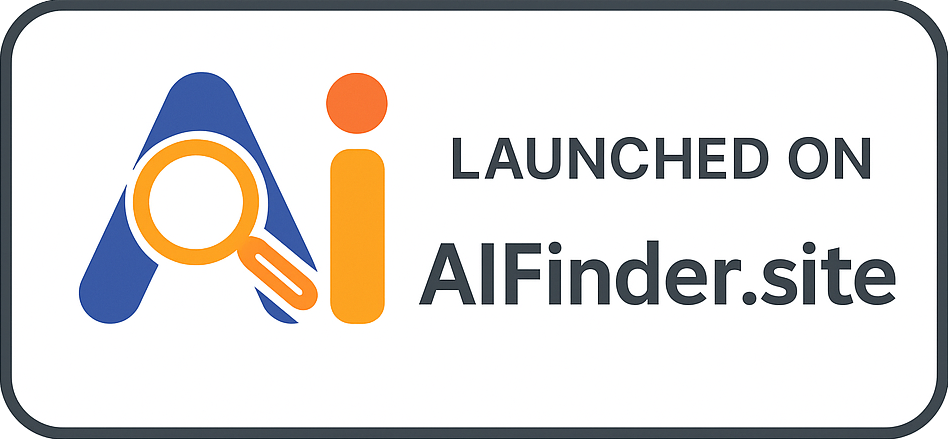Link Cloaking
Link Cloaking is a technique used in digital marketing and influencer marketing to disguise the actual URL of a link, making it appear more user-friendly and less suspicious to audiences.
Frequently Asked Questions
What is Link Cloaking?
Link Cloaking refers to the practice of disguising the true destination of a URL by using a shorter, more appealing link. It often involves using redirect services to mask the original link, making it easier to share and more aesthetically pleasing.
Where is Link Cloaking used?
Link Cloaking is commonly used in social media posts, email marketing campaigns, and influencer marketing content, where links to products or services are shared without revealing the underlying URL.
When should Link Cloaking be used?
Link Cloaking should be used whenever marketers want to share links in a cleaner, more attractive format or when they want to track link performance more effectively. It is particularly useful in promoting affiliate links.
Why do we need Link Cloaking?
Link Cloaking is essential for improving click-through rates and user trust. It helps prevent link hijacking and can also enhance the user experience by making links look less spammy and more trustworthy.
How to implement Link Cloaking?
To implement Link Cloaking, marketers can utilize URL shortening services or plugins that automatically cloak links. It is important to ensure that the cloaking method complies with the platform's guidelines to avoid penalties.
Key Takeaways
Link Cloaking plays a significant role in influencer marketing by enhancing the presentation of links, improving click-through rates, and building trust with audiences. It helps marketers leverage affiliate links effectively while ensuring a seamless user experience.
Hot Glossary Terms
Influencer Marketing
Influencer Marketing is a strategy that leverages the influence of individuals with large followings on social media to promote products or services, aiming to reach a targeted audience effectively.
Social Media Marketing
Social Media Marketing refers to the use of social media platforms and websites to promote a product or service, encouraging user engagement and brand awareness through content creation and sharing.
Content Strategy
Content Strategy is a comprehensive plan aimed at creating, publishing, and managing high-quality content to achieve business goals and enhance user engagement.
Brand Partnerships
Brand Partnerships refer to collaborative relationships between two or more brands or influencers aimed at promoting mutual interests and achieving shared goals through combined marketing efforts.
Engagement Rate
Engagement Rate is a key performance metric in social media and influencer marketing that measures the level of interaction and engagement a piece of content receives from its audience.
Related Terms
Influencer Marketing Performance
Influencer Marketing Performance refers to the measurement and analysis of the effectiveness and impact of influencer marketing campaigns, evaluating metrics such as engagement, reach, conversions, and return on investment.
Follower Growth
Follower Growth refers to the strategies and efforts implemented to increase the number of followers on social media platforms, thereby expanding an influencer's or brand's audience reach and engagement.
Cost Per Sale (CPS)
Cost Per Sale (CPS) is a pricing model in affiliate and influencer marketing that measures the cost incurred by an advertiser for each sale generated through a specific marketing campaign.
Cost Per Lead (CPL)
Cost Per Lead (CPL) is a marketing metric that measures the cost associated with acquiring a potential customer’s contact information through various marketing efforts, including influencer marketing strategies.
Affiliate Marketing Tips
Affiliate Marketing Tips are strategic pieces of advice designed to help individuals and businesses effectively engage in affiliate marketing, maximizing their potential to earn commissions through promoting products or services of other companies.







